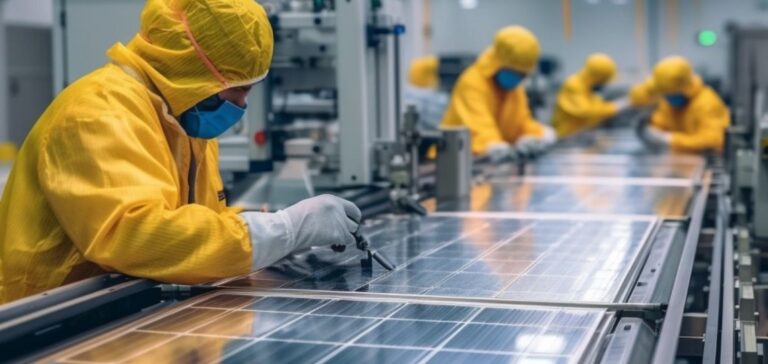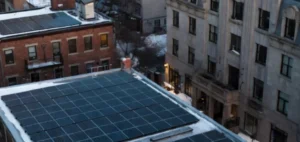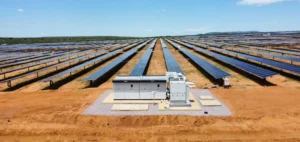China recorded a record volume of 120,427 MW of solar modules exported in the first half of 2024.
This represents a 6.3% increase over the same period in 2023.
According to data from the Ember Institute, China has exported almost 720,000 MW of solar module capacity since the beginning of 2020.
This performance marks a significant increase on the previous half-year record set in the first half of 2023.
The success of these exports is mainly attributed to a significant reduction in solar module prices.
On average, module prices fell to 13.7 cents per MW in the first half of 2024, compared with 18 cents per MW for the whole of 2023.
This 30% drop makes Chinese solar modules the most competitive in the world.
Geographical breakdown of exports
Europe is the main market for Chinese solar modules, accounting for 43% of total exports, or 52,158 MW.
This volume, although higher than the average for previous years, marks a 20% drop compared to the first half of 2023.
This decrease is due to high interest rates, economic concerns and trade tensions with China, which are impacting demand for solar installations in Europe.
The Netherlands stands out as the main buyer country in Europe, with 23,421 MW imported, although this figure is 25% lower than the previous year.
Spain, Germany and Italy also figure among the notable buyers, although they all show significant year-on-year declines.
Expansion in Asia and the Middle East
Asia represents the second largest market for Chinese solar modules, with 32,109 MW exported, around 27% of the total.
This region is experiencing spectacular growth, increasing by 86% compared with the first half of 2023.
The main Asian markets include Pakistan and India, with imports of 10,450 MW and 8,324 MW respectively.
These two countries are growing by over 200% year-on-year.
The Middle East is also emerging as a key market, with exports reaching 13,000 MW, representing 11% of total exports.
This growth is largely attributable to major purchases by Saudi Arabia, the United Arab Emirates and Oman.
Impact on the global market and outlook
Strong growth in exports to the Middle East and Asia, despite falling sales in Europe, points to a promising future for China’s solar sector.
Cost reductions are enabling China to maintain a dominant position in the global solar panel market, putting significant pressure on production capacity in other regions.
The long-term outlook for China’s solar sector looks favorable, with emerging markets poised to support continued growth.






















